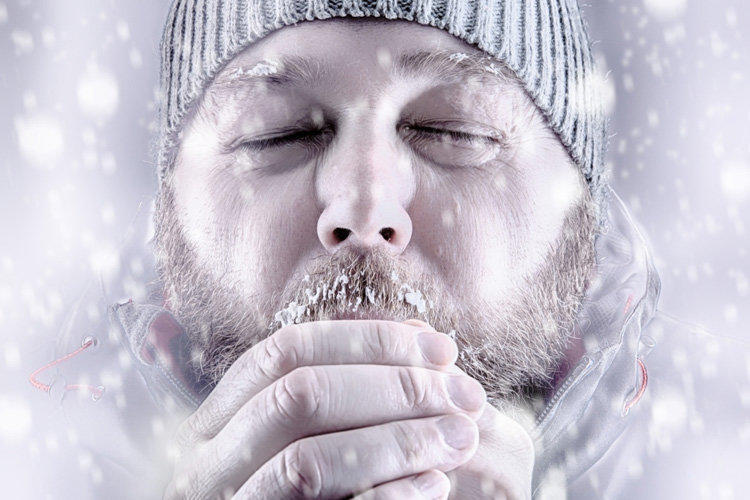
While some people will be able to verbally indicate that they are in pain, for non-verbal people , pain or distress may be evident from signs such as moaning/groaning, resisting movement by stiffening body, grimacing, clenching of fists or teeth, yelling, calling out, agitation, restlessness, or other demonstrations of discomfort.
#Low body temp illness skin#
Increases in pain due to progression of disease, worsening of chronic conditions such as arthritis or stiff/inflamed joints, or increase in pressure wounds to skin While these symptoms can happen at any stage of the disease progression, they may become more pronounced within the final days or hours before death.

This is not necessarily a sign that something is wrong, although these changes should be reported to your hospice nurse or other healthcare provider. Near the end of life, vital signs like blood pressure and heart rate can fluctuate and become irregular.

Blood pressure, heart rate, and respiration (breathing) rates gradually decrease A lukewarm washcloth on the forehead may provide comfort. Some people may develop a mild fever or the skin of their torso and their face may feel warm to the touch and appear flushed. Simply adding a warm blanket may be comforting. Heating pads are not recommended to warm hands or feet that may feel cold to the touch due to the significant risk for skin burns on thin, fragile skin. The person’s hand or skin may start to feel cold to the touch. A foley catheter is painless when in place and will help to protect the surrounding skin, provide possible relief from abdominal pain/pressure resulting from urinary retention, and minimize the burden of turning and repositioning during diaper or pad changes.īody temperature can decrease by a degree or more If incontinence increases discomfort because of breakdown of skin, or if your healthcare provider suspects urine is being retained in the bladder for any reason, a foley catheter may be recommended. Loss of bladder control and functioning can also occur. Bowel and bladder changesĬonstipation may become more evident, requiring increased use of stool softeners or laxatives to maintain comfort, although these medications should be discontinued if the person has had little to no intake of food or fluid for several days. Caregivers can provide comfort care by maintaining good oral hygiene, keeping the mouth and lips moist with damp sponges, and applying lip balm to prevent lips from chapping. Food and fluids should never be pushed, as this can increase risk for choking, pneumonia, and abdominal discomfort as the gastrointestinal system slows down along with the rest of the body’s systems. Lack of interest in food and fluids is normal and expected. The person may have little, if any, appetite or thirst and may have problems swallowing, resulting in coughing and choking with any attempt to ingest medications, food, or fluids. Hearing is one of the last senses to lapse before death. Caregivers, family, and healthcare providers should always act as if the dying person is aware of what is going on and is able to hear and understand voices.

Keeping the person’s environment as calm peaceful as possible by dimming lights, softly playing the person’s favorite music, and some gentle touch and/or kind words, can be soothing as the dying person transitions. This phenomenon has been described as “detaching” as the dying person withdraws, bit by bit, from life. The person may not respond to questions or may show little interest in previously enjoyable activities or contact with family members, caregivers, or friends.
#Low body temp illness how to#
Your healthcare provider can provide instruction on how to do this safely, either by timing their turning and repositioning around their current pain management schedule or by adding additional pain medication to be used as needed. If the dying person verbalizes discomfort during movement, or you observe signs of pain (such as grimacing) with movement/activity in non-verbal persons, pre-medicating with appropriate pain management will help alleviate discomfort during repositioning. While gentle turning and repositioning will help to alleviate problems such as muscle stiffness and pressure injury to the skin, as death becomes near, the need for repositioning lessens. The person may speak and move less, often sleeping for a greater portion of the day, becoming resistant to movement or activity of any kind. As death approaches, you may notice some of the changes listed below. Individual experiences are influenced by many factors, including the person’s illness(es) and medications, but there are some physical changes that are common.įor some people, the dying process may last weeks for others, it may last a few days or hours.

Important note: This is a general overview of some of the symptoms dying persons may experience at the end of life.


 0 kommentar(er)
0 kommentar(er)
